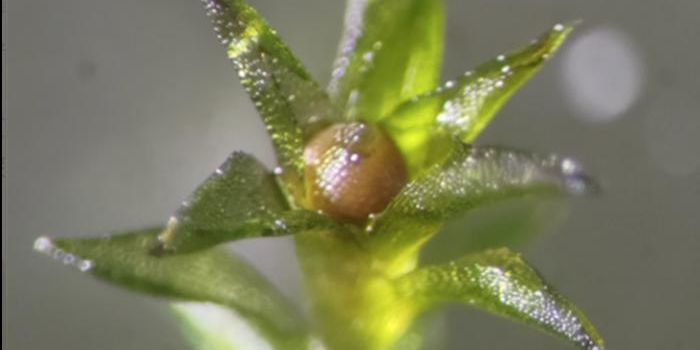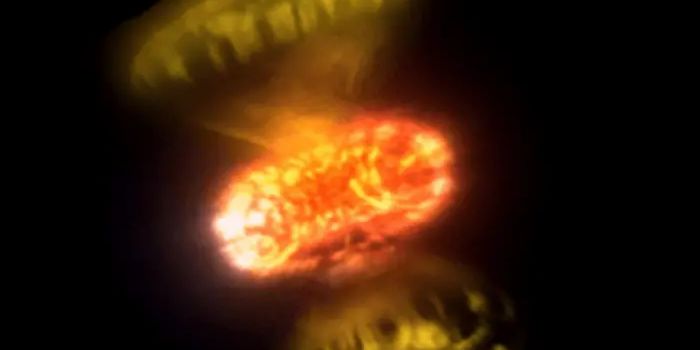Chemistry in Your Cookies: Double Acting Baking Powders
If you are not an avid baker, you can easily mistake baking soda for baking powder.
Although both look white and powder-like, capable of releasing carbon dioxide bubbles when heated (which make them leaveners), baking soda and baking powder are chemically different. The former is made of sodium bicarbonate, a mildly basic compound. Mix baking soda with vinegar, which has acetic acid, and you can see an eruption of bubbles because protons from the acid release the carbon dioxide from the bicarbonate ions. Baking powder, on the other hand, consists of baking soda and an acid component such as monocalcium phosphate.
The combination of base and acid allow baking powder to release carbon dioxide through two different stages, hence the label "double acting" on most baking powder products. The first leavening action happens when the powder is mixed with any wet ingredients. Water dissolves the base and a part of the acid, causing two to neutralize each other and carbon dioxide bubbles to erupt. The second leavening occurs when the dough is placed into a hot oven. The heat accelerates the dissolving of all acid molecules, during which more carbon dioxide is released.
Source: ACS Reactions via Youtube








